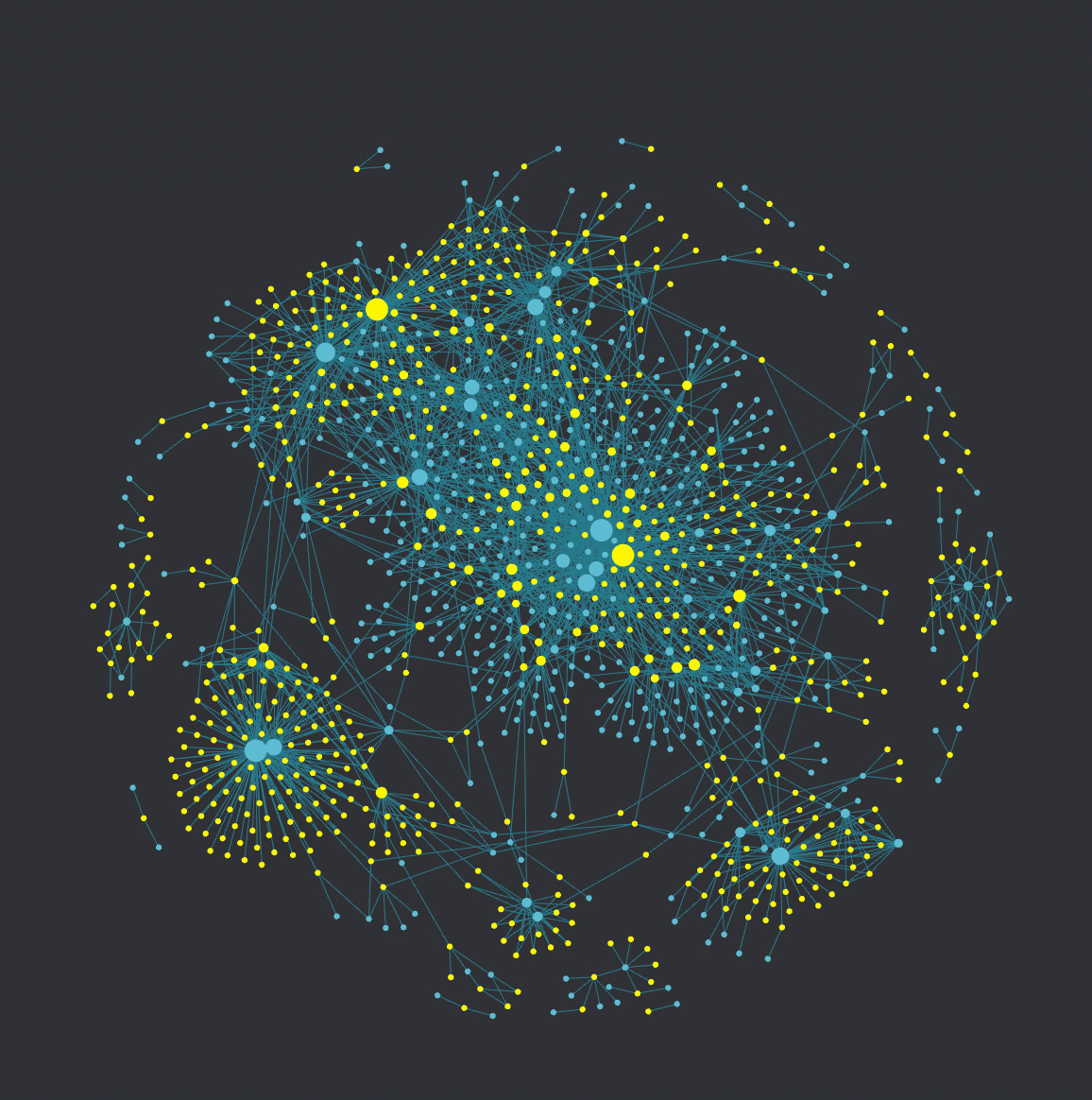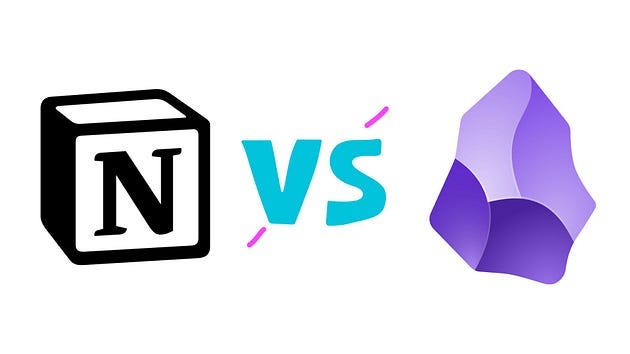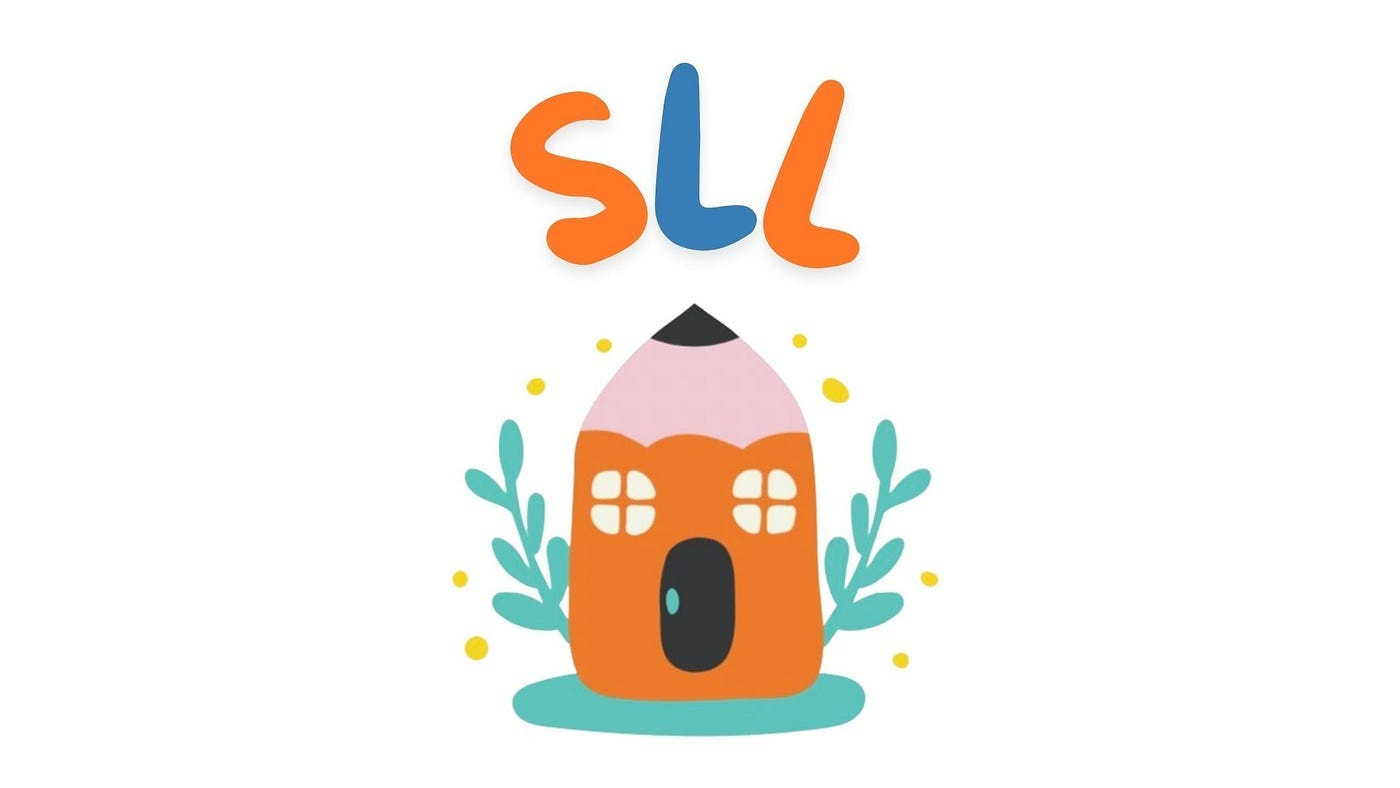
In the last post, I told you your brain is a forgetting machine.
This post will tell you how to fix it using a second (extended) brain.
We evolved to forget. Remembering everything is computationally impossible for our brains. Plus, in contrast with the popular view, when remembering, the brain doesn’t play the memory like a DVD but on the meaning.
As
said in a note, forgetting is just as important as remembering.We only remember a few details and facts. The brain is a forgetting machine because it selects and processes little of the information available. It remembers what it considers important for survival. Forgetting makes the brain function properly.
That’s why you don’t get better at remembering by trying to remember.
You’re not dumb. It is just the brain doesn’t work like that.
So here’s the solution for your forgetting machine.
What is a Second Brain?
“Your mind is for having ideas, not holding them“ replied
in a note.This is exactly what a second brain is about. This strategy was popularized by Tiago Forte’s blogs and book “Building a Second Brain“. Shortly, this extended version of your biological brain serves to store all your relevant knowledge.
Its main function is to help you retrieve information.
For example, reading 1 or more books per week has the downside of forgetting its content. It happened to me so I stopped doing it. Now, I read less but store their ideas in my second brain, where nothing is forgotten.
I can review my notes and check the ideas from the book that I consider relevant.
This helps me do retrieval practice and therefore learn more effectively. Also, it reduces my cognitive and information load by giving up on trying to remember everything I read and study.
This is why a second brain could be a game-changer for your life.
3 Main Benefits Of Using A Second Brain
Organize all your relevant knowledge in a single place.
Reduces cognitive and information load.
Helps you retrieve information (one of the most effective study strategies).
Information is not forgotten.
Simple Second Brains You Use Daily
Let me show you how you are already using it in your daily life.
You probably read some fancy and complex second brains using Obsidian or Notion. But there’s no need to make it super complicated. They could be way easier.
Remember, its main function is to help you retrieve and remember things.
Based on this, there are many simple extended brains you use daily:
1. A Calendar
You use a calendar to remember dates and times.
This is an example of a second brain. You give up on remembering this because you understand you can’t. Therefore, you use a digital or physical calendar to organize all the important dates, times, and meetings.
Now you only need to check it and retrieve what you need to do.
2. A Timer
Similar to a calendar, a timer helps us remember when to do something.
For example, if I had to remember when to take my food out while cooking, I'd probably burn it most of the time. A timer also helps us retrieve when we need to do another task. I use Pomodoros to organize how much time I need to study.
Another simple second brain.
3. A Notebook
The classic one.
Taking notes in your notebook so you don't forget them is exactly what a second brain does. Then, you simply open it and retrieve what you want to remember.
Taylor Swift uses something similar.
If you listen to her music, you know she writes a lot. But how can she have such great ideas for songs? Well, she said in an interview in 2015 with Vogue, which I highly recommend reading, that she takes notes about random ideas she gets.
When she needs a phrase or to write a new song, she simply opens her notebook and uses a previous idea.

2 Software For Creating A Second Brain
This is where the fun begins.
As we are bombarded with information daily (meetings, news, notifications in our smartphones, emails, small talks, dates, etc), keeping and using a digital second brain is recommended.
There are many software to build the perfect one for you.
Some popular options are Notion, Obsidian, Evernote, and more. I tried them all and found Notion and Obsidian the best for my needs. However, I switched to Obsidian for a year now (reasons below).
Here’s a brief overview.
1. Notion
Notion is beautiful and super easy to use.
Just download it, create an account, and start taking notes. It has hundreds of templates available on the app itself or the internet. Its databases are my favorite thing about this software. Plus, it allows you to synchronize your accounts on different devices (smartphones, tablets, computers).
However, there are many things I don’t like about Notion:
Disadvantages:
You can’t customize it a lot.
You have limited storage.
You don’t own your notes 100% as they are saved in the cloud.
Don’t get me wrong. Notion is awesome!
But this and more things made me switch to Obsidian.
2. Obsidian
Obsidian was a productivity and learning revolution.
What I love about it is how you can use tags to connect all your notes. This generates a beautiful Universe of knowledge, displayed in a fantastic graph visualization. It works using the Zettelkasten philosophy.
This is what it looks like:
Plus, you own your notes 100%.
All your knowledge is saved locally on your computer. Another great feature is that you can customize Obsidian as you want. If you know CSS, you can edit your theme and more. If you know more programming, you can even create your plugins.
It is also open access and has many plugins created by developers.
Disadvantages:
It can be time-consuming to set up.
You need to pay to synchronize your notes with another device.
In contrast, Notion is super simple to set up (you already have templates and predesigned notes). Plus, it allows you to synchronize your account with many devices.
Whether you decide Notion, Obsidian, or software to build your second brain will depend on your needs.
Summary
Our brain is a forgetting machine.
To fix it, we can use a second (extended) brain.
Its main function is to help you retrieve and organize personal and relevant knowledge.
Calendars, timers, and notebooks are some common second brains you use daily.
2 popular software to build a second brain are Notion and Obsidian.
Notion is super easy to use, but you can’t customize it a lot and you don’t own your notes.
Obsidian takes time to set up, but you can customize it 100% by yourself and own your notes. However, you can’t synchronize your notes with other devices like in Notion.
Choose your software based on your needs.
A second brain was a productivity and learning revolution.
It helped me learn anything without overstudying or overworking. But remember, each person has a different life. Perhaps you work full time and also study. Or maybe you have a family, etc.
Be reasonable and don’t fall into toxic productivity.
Here are some last recommendations:
Don’t compare yourself with others. Take your time.
This is not a competition. This is about you. Make it fun and healthy.
Please take care of yourself. That’s the most important thing!
Now it is your turn.
What are you gonna learn next?
Some Questions For You
Do you have a second brain?
How would you use a second brain in your ultra-learning project or daily life?
Which software do you use for your second brain?
Until the next time,
Axel






Great post Axel, and a favorite topic of mine. I am a big believer in PKM and the idea that our knowledge is one of our greatest assets as human beings. The software rundown is very cool, and my experience there overlaps with yours. I used Evernote for quite a few years. Right now I find enough value in each to use both Notion and Obsidian. I use the Zettelkasten method and find that a little easier to do most of the time in Notion with a great template for it. I tend to like Obsidian better for some of the same reasons you do, and definitely use it for any notes that are anywhere near being sensitive content.
Have you checked out Nick Milo and Linking Your Thinking - he's another big Obsidian proponent. Or Elizabeth Butler?
Just one major Criticism. Obsidian dose not required a Subscription to sync with other devices.
As all the files are just local mark down files we can simply use Google drive, Dopbox, Github and even Syncthing to sync between devices.